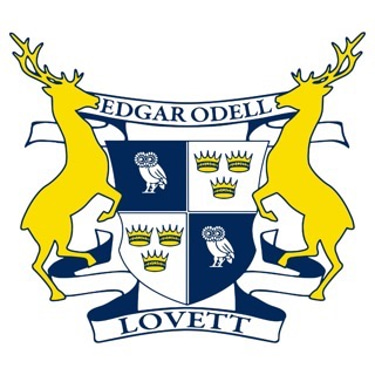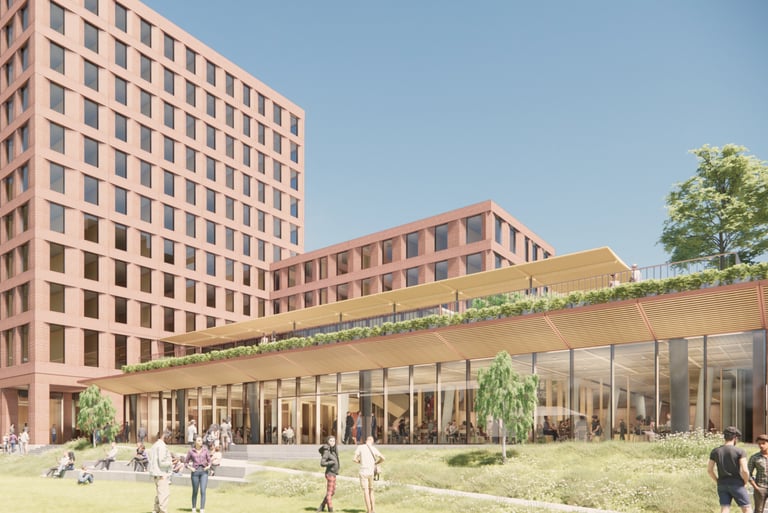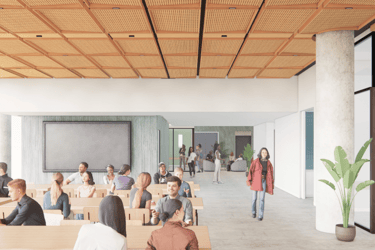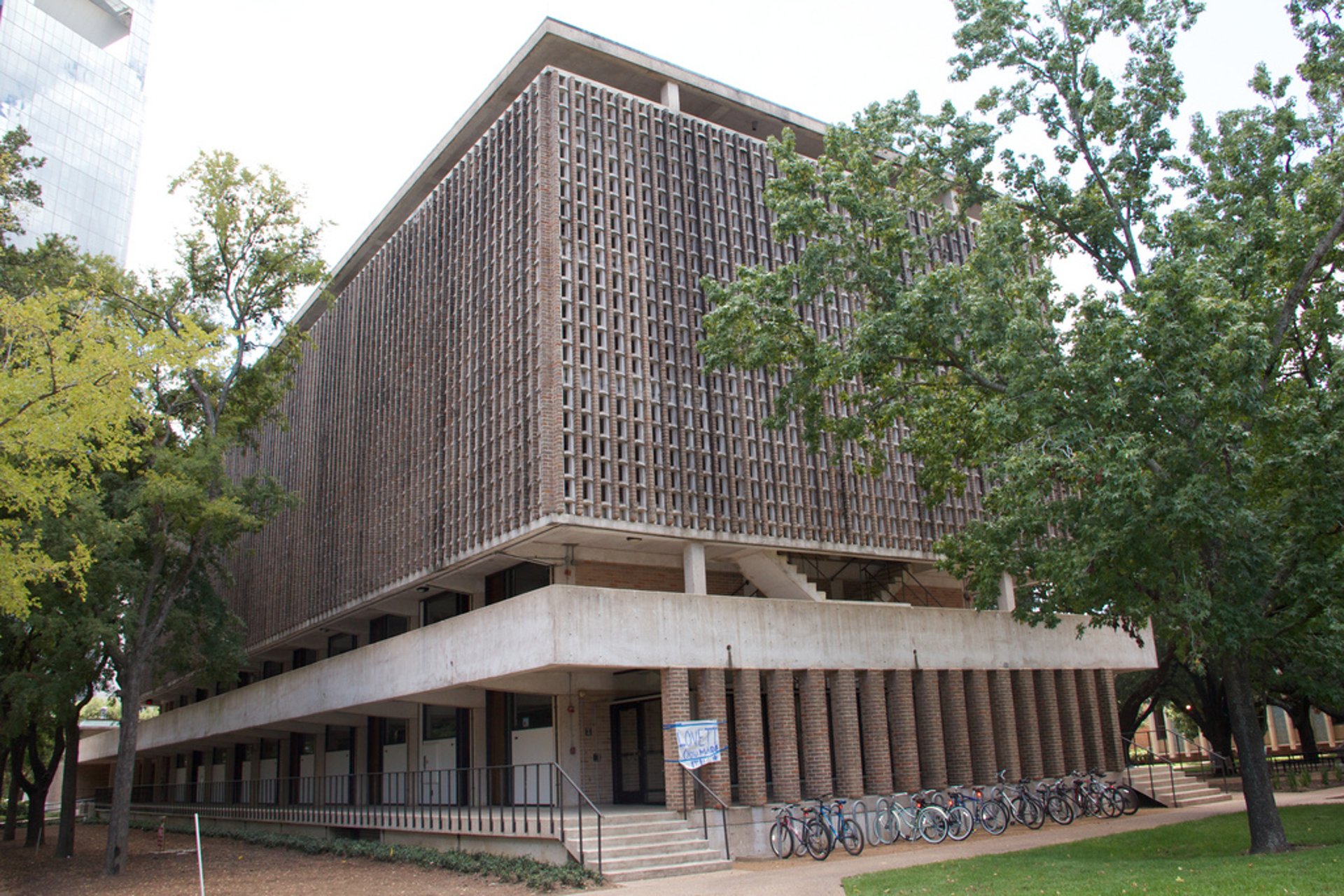
History
The history of Lovett dates back to the late 1960s, when the Board of Trustees was approached about building a new all–male college on the south side of campus. Edgar Odell Lovett College, named after Rice's first president, opened in 1968, comprised mostly of volunteers from the other colleges. The distinctive brutalist architecture, part of the architectural movement that flourished from the 1950s to 1970s, of Lovett has led many to compare it to a giant toaster. This is due to the concrete grating that surrounds the third, fourth, and fifth floors. This grating is part of the architects' intent to make Lovett riot–proof in reaction to the student riots of the late 1960s. This grating now protects Lovett students from hurricanes, allowing the students of Lovett College to remain in their rooms through Hurricanes Rita, Ike, and Harvey.
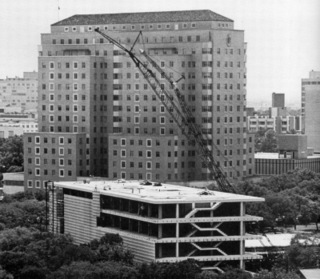

As an homage to Communism and the purported Soviet architecture of the college, the men of the founding class named their college government the Central Committee. The original Central Committee had five members who had four–out–of–five veto power over the various subcommittees; this system was soon changed because of its inefficiency. Urban legend holds that the Central Committee's first decree was to disband themselves and use their budget to buy beer. Another urban legend says that the stags in the college crest are taken from the logo of the brand of beer they bought. The first urban legend is of disputable truthfulness, but the second one has been shown to be false—the college crest is based upon a Lovat family (not related to Edgar Odell) family crest.
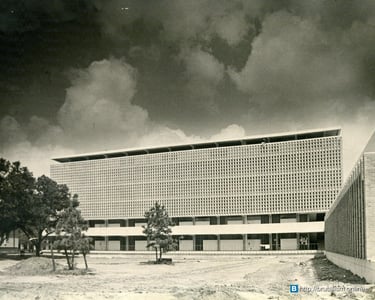

In 1971, Sid Richardson College was built in Lovett College's parking lot. This displeased the members of Lovett, and in retaliation they declared Sid to be their colony. In past years, an integral part of the Lovett College Government was Sid-Gov, which existed to govern over the Sid Rich colony. Today, Lovett has gone through yet some more changes, including the addition of the Stinky Suites (an old Baker wing) and our own (very delicious) Seibel Servery.

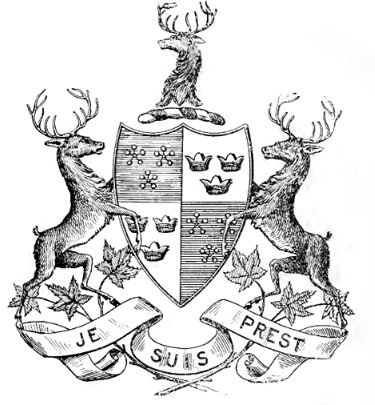
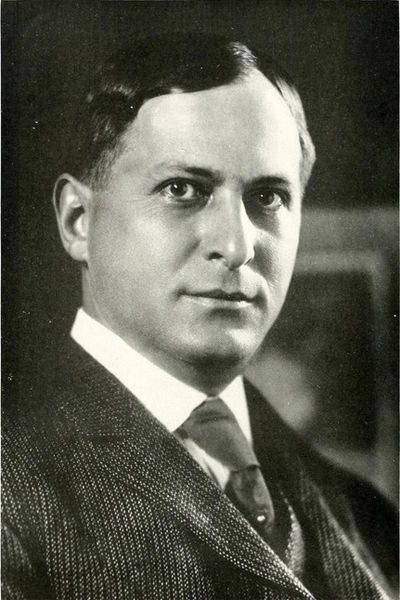

Edgar Odell Lovett
"The new institution aspires to university standing of the highest grade ... For the present it is proposed to assign no upper limit to its educational endeavor."
—Edgar Odell Lovett
